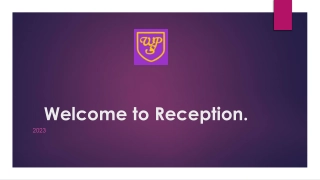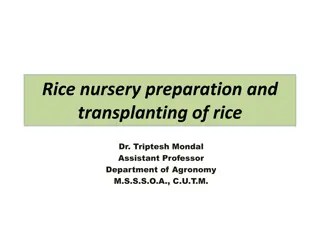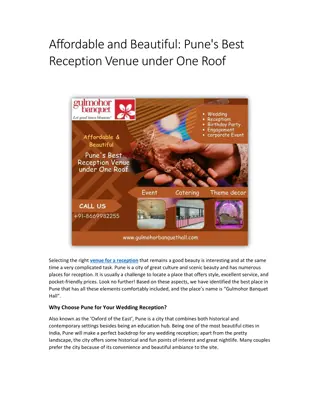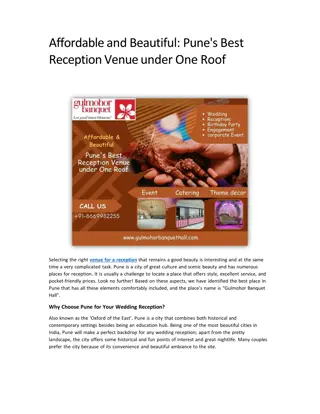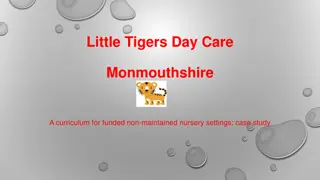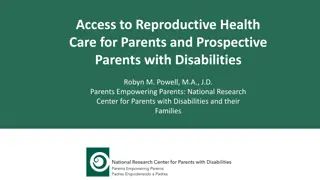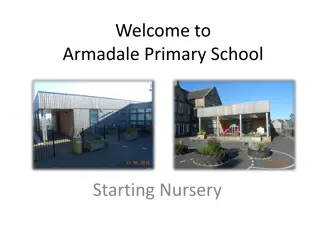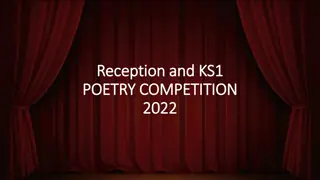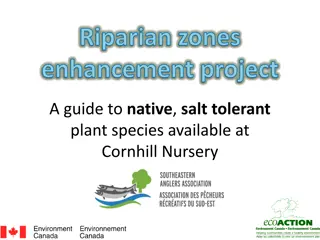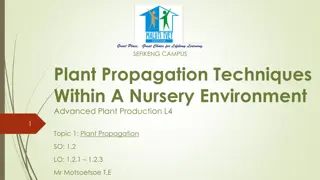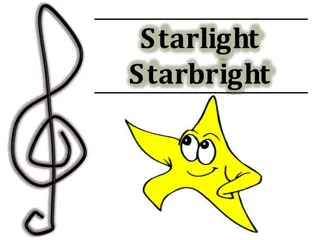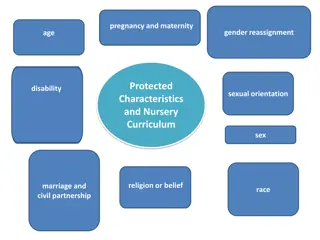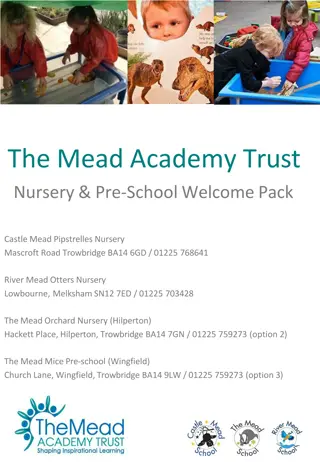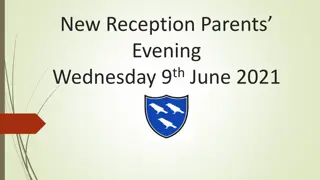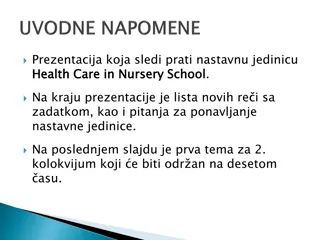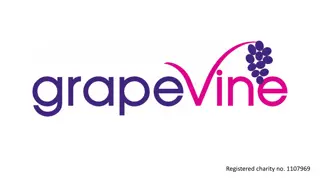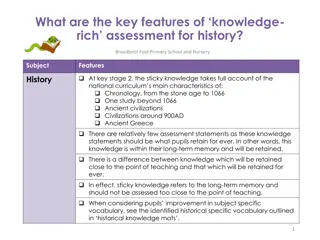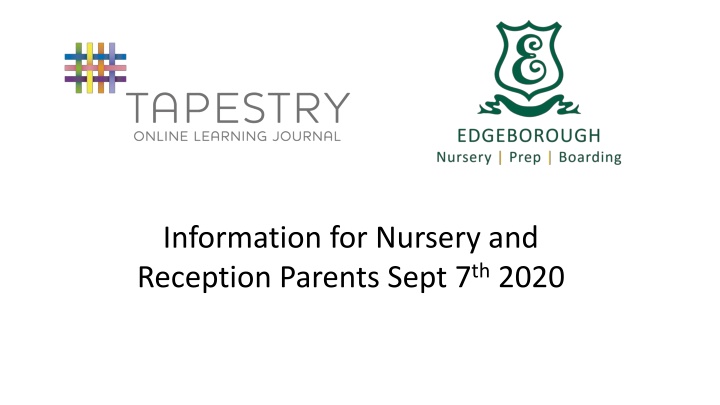
Tapestry: Enhancing Communication Between Home and School
Discover how Tapestry, an online learning journal system, bridges the gap between parents and schools in tracking children's progress, achievements, and activities. Communication is made easy through shared observations, photos, videos, and reports, fostering a collaborative learning environment.
Download Presentation

Please find below an Image/Link to download the presentation.
The content on the website is provided AS IS for your information and personal use only. It may not be sold, licensed, or shared on other websites without obtaining consent from the author. If you encounter any issues during the download, it is possible that the publisher has removed the file from their server.
You are allowed to download the files provided on this website for personal or commercial use, subject to the condition that they are used lawfully. All files are the property of their respective owners.
The content on the website is provided AS IS for your information and personal use only. It may not be sold, licensed, or shared on other websites without obtaining consent from the author.
E N D
Presentation Transcript
Information for Nursery and Reception Parents Sept 7th 2020
What Is Tapestry? An online learning journal system. Our staff record children's progress and achievements using tablet devices and PCs. As parents, you can then view your child s journal on mobile devices or home computers, and make observations of your own using a secure login system. When your child leaves us, you will get a complete Learning Journey (pdf) showing their progression through the EYFS.
Why Are We Using Tapestry? To improve communication between home and school. Tapestry acts as a two- way dialogue between us (the EYFS team), and you (parent/carers). To provide regular updates on your child and to allow you to feel more connected to what they are doing at school (through photos and videos). To offer greater opportunities to extend your child s learning at home you can initiate discussions about what has happened during the school day or recreate/extend learning that has taken place in school. Unlike a physical, hard copy book, Tapestry can be easily shared with relatives, wherever they live!
How Does It Work? Photos, videos and notes are uploaded to Tapestry (accessed via the Android/iOS app or the Tapestry website) by staff and by parents (i.e. of special events, learning achievements or weekend trips - for your child to Show and Tell ). You/we can then view the observation and comment or like the learning or experience recorded. These observations, alongside reports are then collected and collated to form your child s EYFS Learning Journey. Through the Memos feature, we may send you messages, ideas or notices. Through the Reports feature we provide you with the Christmas and Summer reports (keeping all information in one place).
How We Use It OBSERVATIONS: The number of observations we upload for each child will vary depending on the content of the teaching week. You will receive a mix of individual and group observations. REPORTS: Tapestry is used to communicate our written reports (at Christmas and at the end of the Summer Term). This includes the Early Years Profile report and the 2 Year-Old check. MEMOS: This feature is used to communicate messages, ideas and notices. ONLINE LEARNING: Tapestry was used during physical school closure for our Home Learning provision.
Communication There is an option to like an observation, comment on it or add your own from home. We encourage you to interact with us through this system. The comment option on your child s learning journey is for relatives to acknowledge and perhaps build on the observation with additional details. It is not for messages to the school or to ask questions (please do this via email or in person). Similarly, please do comment on Reports posted and add your reflections on the term or year. The journals serve as a wonderful keepsake as well as a vital assessment tool, they are best when they reflect learning/development at school and at home.
Assessment and Documentation Development Matters is a government publication detailing what to expect during the vitally important Early Years. It adopts the 7 Learning Areas of the EYFS and provides statements of learning and development within each of these areas. In this guide, your child s first five years are divided into six overlapping age bands. This is because every child is different and children do not grow and develop at the same rate. It highlights what you might notice your child doing at these points. Tapestry enables us to link their observations to the different statements written in Development Matters within these age bands. As a documenting tool, observations made will inform our planning, provision and assessment throughout your child s journey through the EYFS.
Links to Development Matters Links are made to Development Matters to inform the observation. In most instances, the Learning Area and strand will be stated alongside the age band which best reflects the child s learning in that observation. This judgement is not always a reflection of the age phase they are working at and it is not an assessment of their progress. In some instances, the statement will be refined further and will be marked as either Emerging, Developing or Secure.
Characteristics of Effective Learning There will be two different sections highlighted on observations, in addition to the Early Years Foundation Stage judgement we may also note any Characteristic of Effective Learning (CoEL) demonstrated. These reflect how children learn rather than what they learn, in the awareness that during their earliest years, children form attitudes about learning that will last a lifetime. There is no age refinement for the CoEL.
How Is The Data Protected? A password is required to access Tapestry, and parents can only view observations of their own children, or with permission, group observations. Hosted on secure cloud servers within the EU. Tapestry uses the same encryption as online banking. Data is stored separately for each school. Tapestry s developers and support personnel require our permission to access our Tapestry account. The privacy policy is the same for Tapestry as it is for photographs at school; under no circumstances must content be shared on personal social media channels.
How can we get more information? There are web tutorials for relatives to watch to help you learn the different aspects of the programme https://eyfs.info/forums/topic/47795-tutorials- contents-page-for-relatives/ If you have any questions at any time, please don t hesitate to email us or speak to us at pick-up.

